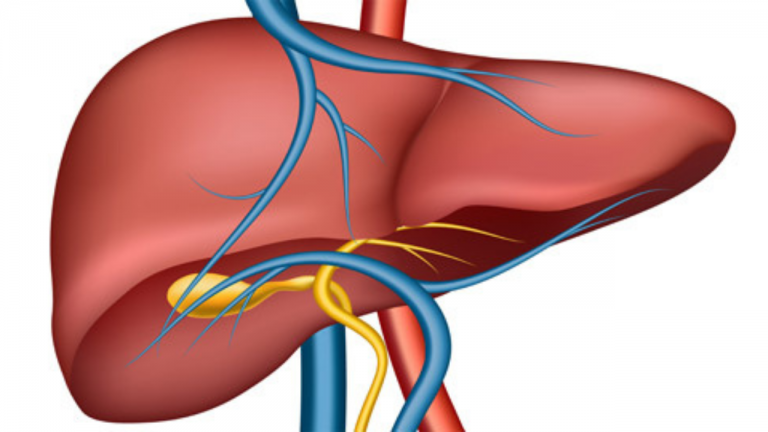How do Egg Whites Differ in Nutritional Value From The Yolk? Which Part of The Egg is Healthier For You?

Egg whites and yolks differ in nutritional value, as they contain different nutrients in varying amounts. Here are some key differences:
Egg Whites:
Protein: Egg whites are an excellent source of high-quality protein, with minimal fat and zero cholesterol. A large egg white typically contains around 3.6 grams of protein, making it a low-calorie, low-fat, and low-cholesterol protein option.
Vitamins and Minerals: Egg whites are relatively low in vitamins and minerals compared to the yolk. They contain small amounts of B vitamins like riboflavin (vitamin B2) and niacin (vitamin B3), as well as minerals like selenium, copper, and zinc, but in smaller quantities compared to the yolk.
Egg Yolks:
Fats: Egg yolks are a rich source of healthy fats, including monounsaturated and polyunsaturated fats, along with cholesterol. While egg yolks have received some negative attention in the past due to their cholesterol content, recent research has challenged the previous notion that dietary cholesterol is a significant risk factor for heart disease in most people.
Vitamins and Minerals: Egg yolks are packed with essential vitamins and minerals. They are a good source of vitamins B2, B6, B9 (folate), B12, and vitamin D. They also contain minerals like iron, phosphorus, and zinc.
Overall, both egg whites and yolks can be part of a healthy diet, and their nutritional value depends on individual dietary needs and health goals. Egg whites are a good source of protein with minimal fat and cholesterol, making them a good option for those who are watching their calorie or cholesterol intake. Egg yolks, on the other hand, are richer in healthy fats, vitamins, and minerals, making them a nutrient-dense choice for those who can tolerate dietary cholesterol. It’s important to consider your overall dietary pattern and consult with a healthcare provider or registered dietitian to determine what fits best with your individual needs and health goals.



